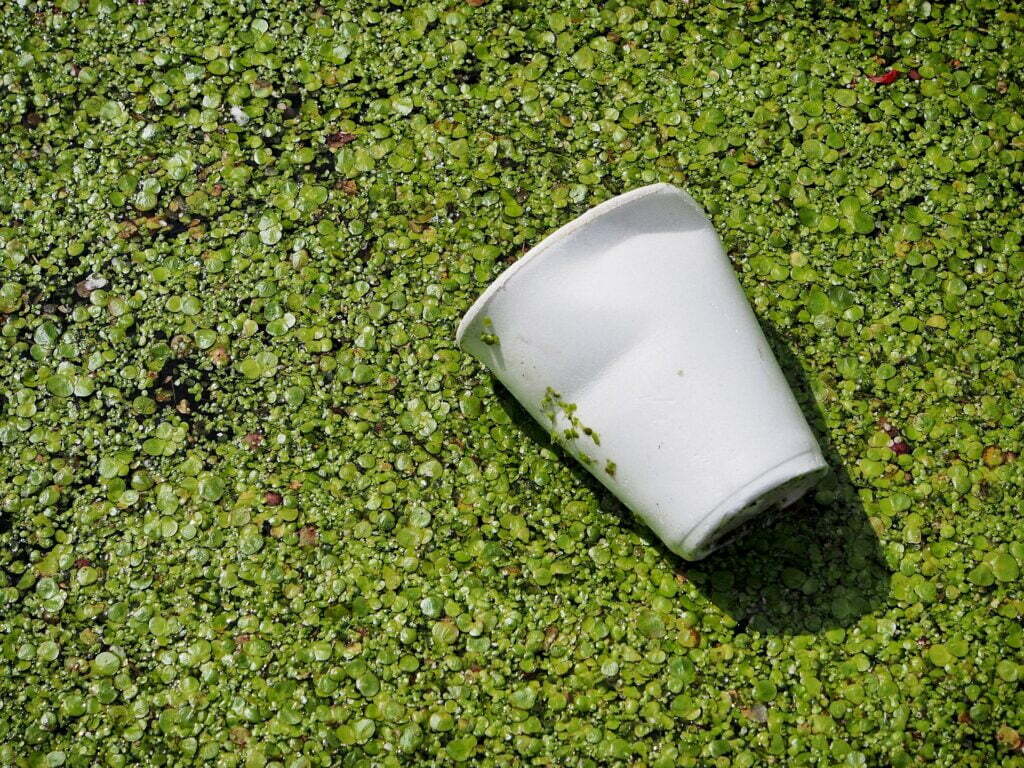Compostability and biodegradability are two fundamentally different concepts that one needs to be able to distinguish when sorting so as not to make mistakes. A biodegradable item, first and foremost, is not also compostable.
Regulatory differences
A biodegradable element is any element that can be naturally broken down, into simple organic molecules, by bacteria, sunlight (or other physical agents), chemical elements (water, oxygen, CO2, etc.). However, the EN 13432 standard provides a time limit. To be biodegradable, a product must decompose 90% in six months.
On the other hand, an element is defined as compostable if, in addition to being biodegradable, it is disintegratable, that is, decomposable, and the process takes place in a time that is no more than three months. A compostable element can, indeed, be turned into compost, that is, a natural fertilizer.
BIODEGRADATION
The biodegradation process is divided into three stages:
- Bio-deterioration the phase in which surface degradation occurs that changes mechanical, physical and chemical properties of the material. This stage occurs when the material is exposed to abiotic factors in the environment that weaken the structure of the material resulting in, precisely, degradation;
- bio-fragmentation is the process by which chemical bonds joining polymer chains are destroyed and oligomers and monomers are generated. This stage is the one enacted by microorganisms and, because of this, we speak of aerobic digestion (in the presence of oxygen) and anaerobic digestion (in the absence of oxygen). The main difference is that, the anaerobic digestion mechanism involves the production of methane, which is not the case with the aerobic mechanism. Aerobic digestion occurs faster while anaerobic digestion reduces more mass and volume of material. It is because of this property that anaerobic digestion is used in waste management systems;
- assimilation is the stage in which, the products of the fragmentation process are assimilated into the microbial cells. Some products of the second stage are easily transported into the cell, while others must go through processes of further transformation. Once inside the cell itself they are subjected to catabolic mechanisms for ATP production.

COMPOSTING
The composting process, under ideal conditions, occurs in three main stages:
- Mesophilic in which decomposition is carried out by mesophilic microorganisms at low temperatures (~30°C);
- Thermophilic in which the temperature is raised and degradation occurs by other microorganisms that are able to withstand higher temperatures (~50-60°C);
- Maturation in which the temperature decreases again because there are no longer elements capable of sustaining high-temperature reactions.

WHERE DO YOU DELIVER BIODEGRADABLE OR COMPOSTABLE WASTE?
Biodegradable waste without certification that is not UNI EN 13432 certified should not be delivered in the wet waste but in the original waste fraction (paper with paper, plastic with plastic for example). Instead, compostable waste can be delivered to the wet fraction of separate collection.




